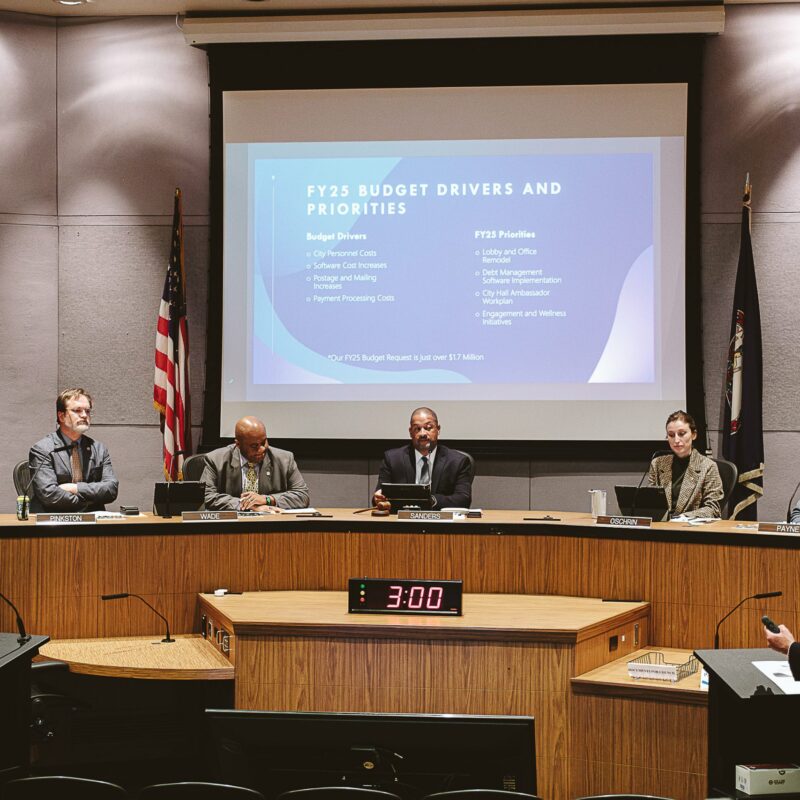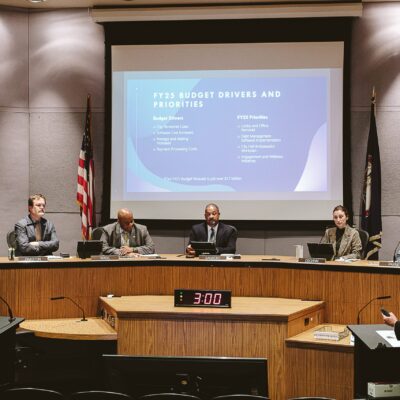|
“People tell me that I fingerspell constantly, without even realizing that I’m doing it,” says Barker. |
Typical workday?
I only teach evening classes on Tuesday and Thursday nights. There’s no typical pattern on the whole. In the higher classes we have a sign discussion about how everybody’s week is going, and maybe we’ll do a video activity where we’ll practice receptive signing, where they can watch other people using sign language.
Describe your hands.
I don’t think my hands have changed a great deal since signing. When I was interpreting, if I’d had an intense day, my fingers would ache. Many interpreters will have to leave the profession because of repetitive motion injury, like carpal tunnel.
Cramps?
Not cramps so much as aching joints. If it’s cold, my fingers don’t work as well.
Tell us about a time that you’ve made a mistake.
I can’t think of anything off-hand. Certain errors don’t translate well. A long time ago, I reversed a sign, saying that two people who were running towards each other, were running on their heads. Of course, there are situations where, if you change a sign very slightly, you end up saying something very off-color. I haven’t done it, but I’ve seen other people do it.
After work, how do you unwind?
Funnily enough, I don’t unwind. People tell me that I fingerspell constantly, without even realizing that I’m doing it. I’ll be watching a movie, and during a passage of dialogue, my fingers will start going. People ask me, “What did you just say?” and I say, “I have no clue.” In fact, babies will do something similar—they’ll babble with their hands in their sleep. In a way, it’s like glossolalia.
Ambidextrous?
I’m fairly ambidextrous. However, when you sign, you need to have a dominant hand. So I’m a right-handed signer.
Do different people who use sign language have different signatures, or styles of expression?
Absolutely, and probably even more so than with spoken dialects. There are all sorts of differences in the language between north and south, east and west, old and young. People with long fingers might have very graceful signs. Some people have more artistic hands. In many ways, it’s a generational thing. Nowadays, sign language is accepted, so younger people have fewer qualms about being more expressive, whereas with the older generation, people would look at them strangely, so they tend to sign a lot smaller.






